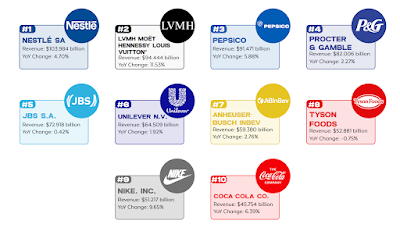The term “digital twin” might sound futuristic, but it’s quickly becoming a practical tool reshaping how operations and supply chains work today.
In simple terms, a digital twin is a virtual replica of a real-world object, system, or process; anything from a single machine to an entire manufacturing network.
Imagine
your factory, warehouse, or supply chain recreated in a digital space. This
virtual version mirrors what’s happening in real time, thanks to data flowing
in from sensors, IoT devices, and business systems. Every movement,
transaction, and temperature change can be captured and reflected in the
digital twin.
So, what’s
the point? The value lies in simulation and insight. A digital twin allows you
to experiment and test scenarios without affecting actual operations. You can
explore what might happen if a supplier goes offline, if demand spikes
unexpectedly, or if a new route could shorten delivery times. Instead of reacting
to problems after they occur, you can anticipate and plan for them.
This
technology helps organizations make smarter, faster decisions. Maintenance can
become predictive instead of reactive. Inventory planning can adjust
automatically to real-time demand. Logistics teams can visualize the entire
flow of goods and identify inefficiencies before they cause delays.
Ultimately,
a digital twin acts as your operation’s virtual brain, continuously learning,
adapting, and optimizing. It bridges the gap between the physical and digital
worlds, giving supply chain leaders greater visibility, control, and confidence
in every decision.
The future
of operations isn’t just physical anymore. It’s mirrored, modeled, and improved
through digital twins.









